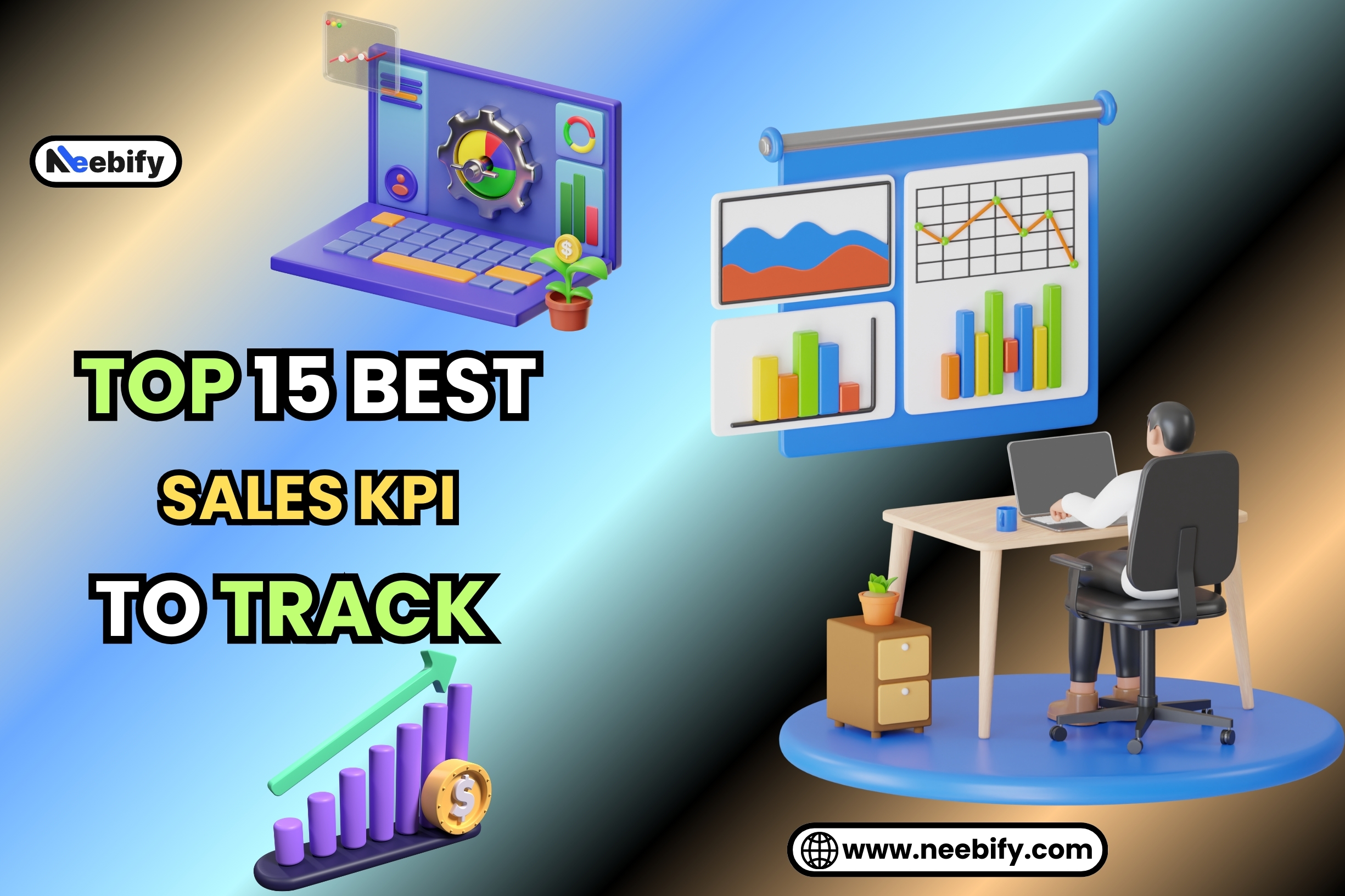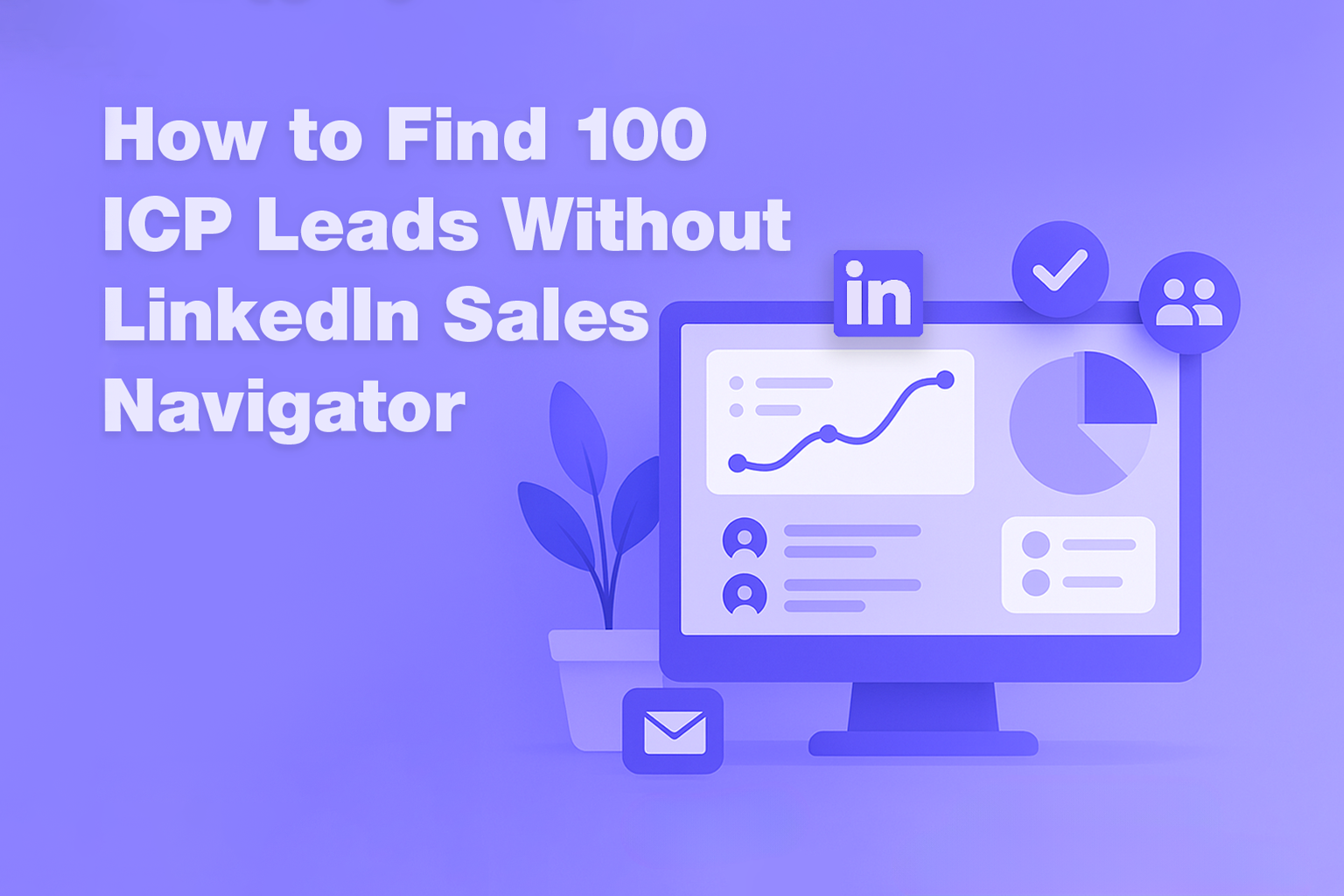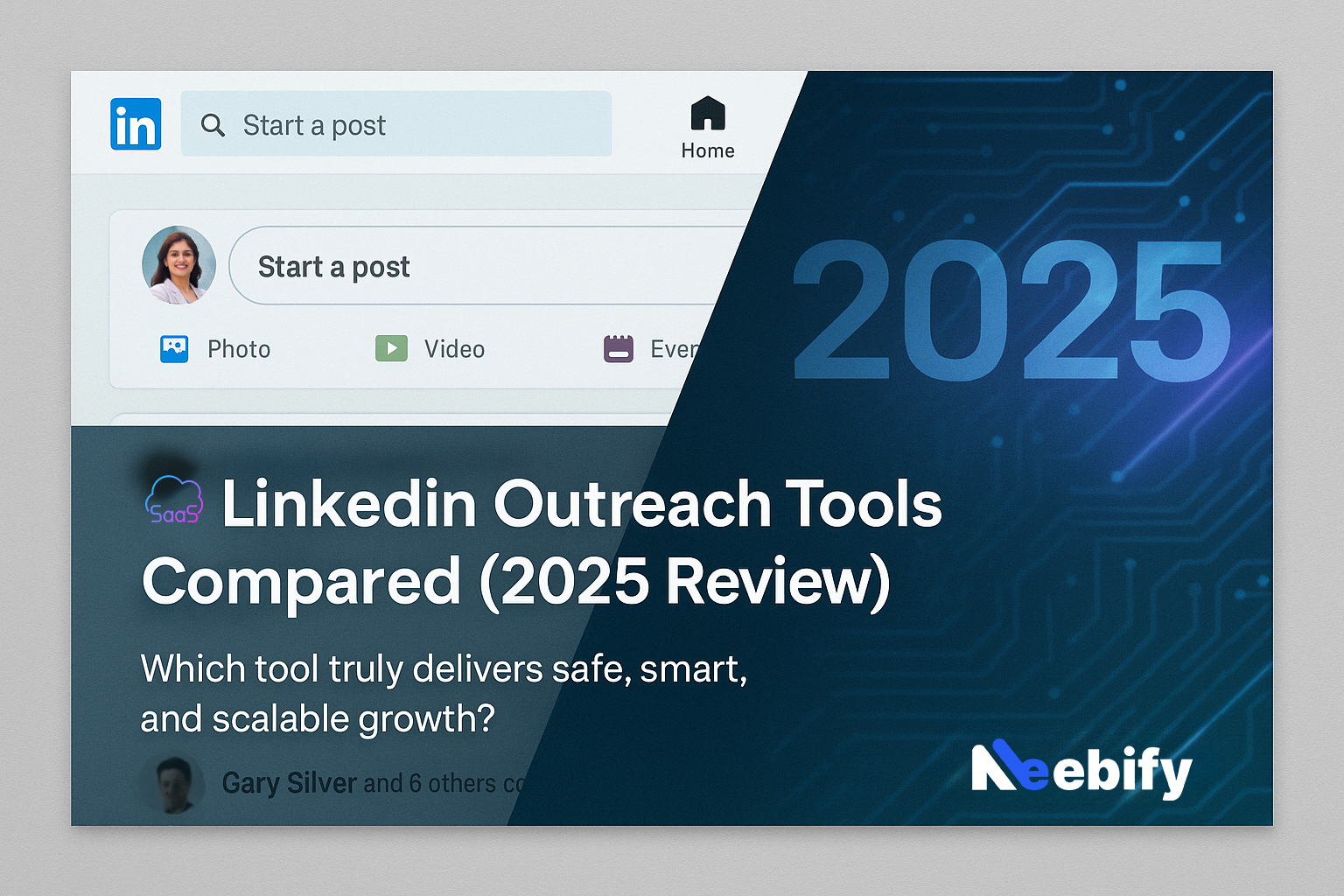Table of content
Top 15 Best Sales KPIs to Track
In the fast business world of today, closing deals is just not about winning but is more about understanding which sales KPIs create and profit for growth. Sales KPIs, or Sales Key Performance Indicators, are the core metrics that a business would require to evaluate and measure its sales team performance. These metrics give you an understanding about how your sales are helping you meet your business objectives. In this article, let's dig into the most popular 15 top sales kpis which you must track, a brief definition of those key performance indicators, comparisons with other benchmarks, and how to apply them in measuring and subsequently optimizing sales performance.
What Are Sales KPIs with Definition?
A Sales KPI is a measurable value that demonstrates how effectively a sales team is achieving its key objectives. Sales KPIs for success are designed to focus on specific goals such as increasing revenue, acquiring customers, or improving the sales cycle. These essential sales metrics help managers assess individual performance and the effectiveness of the entire sales strategy.
Although they assist in performance tracking, KPIs differ from the so-called sales metrics. While metrics yield data concerning different activities, Sales KPIs refer to critical areas that immediately affect the bottom line or business growth in general.
How do we track them? Sales KPI vs. Metrics
Whereas sales metrics are general metrics that are aggregated over a period of time, for instance, the number of calls made or emails sent, sales KPIs are sharp and objectives-oriented metrics, which analyze specific sales performance. Thus, where sales metric may be the sum of all leads, a sales KPI would be the conversion ratio of such leads into real sales.
This is how they can be defined in simple terms:
- Sales Metrics: Activity-based metrics that highlight the daily routine activities.
- Sales KPIs: Performance-based, which tracks whether or not there is forward movement toward broader sales and business objectives.
Good Sales Tracking Metrics and KPIs can be tracked through manual processes or by employing sales performance indicators software. Automating with tools like CRM systems and sales dashboard KPIs are perfect for giving real-time insights.
Top 15 Best Sales KPIs to Track
Measuring the right KPIs is a critical way to ensure that your sales team is on the right track. Here are the top 15 KPIs for sales teams that can help guide your sales strategy toward measurable success:
1. Sales Revenue: This is the most apparent and vital KPI. It is the income received from sales during a given period. The measure of sales revenue is useful for businesses to determine if they are meeting their targets in terms of finance.
Formula:
Sales Revenue = Number of Units Sold X Price Per Units
2. Lead Conversion Rate: This KPI tracks how good your sales team is at converting leads into customers. It indicates the effectiveness of your sales process.
Formula:
Lead Conversion Rate = Number of Converted Leads/Total Number of Leads X 100
3. Average Deal Size: The average deal size gives businesses an idea about the value of each deal they close. A larger average deal size is an indication of sales growth.
Formula:
Average Deal Size = Total Sales Revenue/Number of Deals Closed
4. Sales Growth: This KPI measures the percentage change or decline in sales within a given period. It helps determine whether the business is growing or declining.
Formula:
Sales Growth = Sales In Current Period - Sales in Previous Period/Sales in Previous Period X 100
5. Sales Cycle Length: This is how long it will take from the initial contact with the lead until closing a deal. It will increase general productivity by reducing the time of a sales cycle length.
Formula:
Sales Cycle Length = Total Time to Close a Deal/Number of Deals Closed
6. Customer Acquisition Cost (CAC): CAC measures how much it will cost your firm to gain a new customer. That is very significant in trying to determine just how profitable your sales and marketing activities are.
Formula
Customer Acquisition Cost = Total Sales + Marketing Expenses/Number of New Customer
7. Win Rate: The win rate is the percentage of sales opportunities that your team successfully converts into closed deals. This KPI shows how effective your salespeople are at closing deals.
Formula:
Win Rate = Number of Wins/Number of Opportunities X 100
8. Opportunity-to-Win Ratio: This ratio compares the number of opportunities to the number of deals won, helping sales teams understand how likely they are to win deals.
Formula:
Opportunity-to-Win Ratio = Number of Opportunities/Number of Wins
9. Customer Lifetime Value (CLTV): CLTV refers to the revenue amount that a customer will create in the entire lifetime span with your business. This is an important sales metric that every business should track.
Formula:
CLTV = Average Purchase Value X Number of Purchases Per Year X Customer Lifespan in Years
10. Churn Rate: Churn rate is the percentage of customers who stop doing business with you. A low churn rate means that customers are satisfied and loyal to your business.
Formula:
Churn Rate = Number of Lost Customers/Total Number of Customers at Start of Period X 100
11. Quota Attainment: This KPI tracks the percentage of the sales quota that each rep achieves. It helps businesses understand the performance of individual team members and the overall sales efforts.
Formula:
Quota Achievement= Sales Achieved / Sales Goal x 100
12. Value of Sales Pipeline: This sales KPI will represent how much possible revenue exists for your business within its pipeline of sales opportunities which helps in the determination of future sale numbers.
Formula:
Value of Sales pipeline =Σ(estimated Value of Every Opportunity).
13. Sales Activities KPI: Record, daily sales team actions including the number of dials, appointments established, proposals forwarded can be helpful indicators about effort expended by your sales and how productive they may have been.
Formula:
There isn't a specific formula; track the number of activities completed by each salesperson over a set period.
14. Sales ROI: This metric measures the return on investment in your sales activities, helping you determine whether your sales efforts are cost-effective.
Formula:
Sales ROI=Revenue from Sales-Cost of Sales/Cost of Sales X 100
15. Sales Forecast Accuracy: This KPI measures how close your sales forecast is to actual sales performance, helping businesses make more informed decisions.
Formula:
Forecast Accuracy = Actual Sales/Forecasted Sales X 100
Monitoring Sales Performance Indicators with Software
Monitoring sales performance indicators is a time-consuming and error-prone process. Sales tracking software saves the day. Sales dashboard KPIs and CRM tools enable businesses to track these critical metrics in real-time. Tools such as Salesforce, HubSpot, or Zoho CRM make it easy to monitor everything from KPIs for sales growth to sales cycle length.
These platforms also automate the reporting process, thus saving time and giving a more accurate reflection of your team's performance. The integration of sales KPIs for business growth in these systems ensures that businesses are always aligned with their sales goals.
Conclusion
Tracking the top sales KPIs is crucial for any business looking to optimize its sales performance. These sales performance indicators give value insights toward helping businesses maintain a focused course and realigning strategies to bring in sustaining success. As basic metrics include sales revenue, to more complex calculations as customer lifetime value, the control of these KPI's helps sales teams keep tabs on what truly matters for their organization. Adding in a sales tracking system will add an additional layer to this system, and deliver you more of the insight you want for informed decisions.
Get your next meeting in a
matter of minutes.
Free Trial
Latest
Why Your LinkedIn Messages Don’t Get Replies (and Fixes).
Struggling to get replies on LinkedIn? You’re not alone. This blog reveals the real reasons why your
11/21/2025How to Find 100 ICP Leads Without LinkedIn Sales Navigator
Generating 100 targeted ICP leads doesn’t require LinkedIn Sales Navigator. Learn how to leverage fr
11/21/2025


